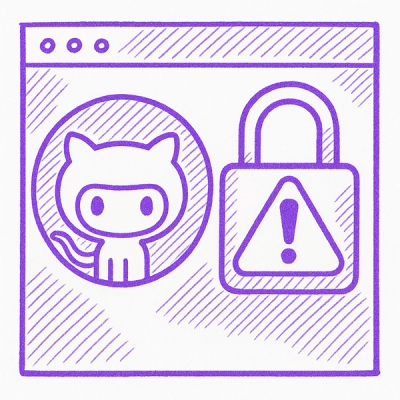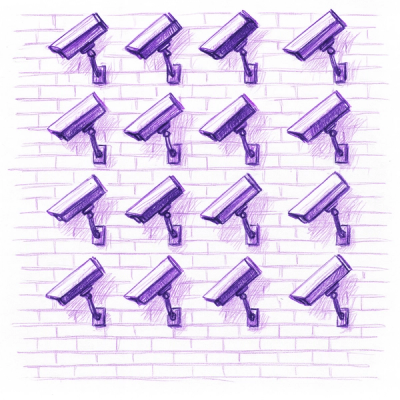TKinter-Kit 📦
This project aims to provide a rich set of helpful functions, to easily use the tkinter module, to have a better graphical user interface experience
Features 💡
- It contains functions to easily interact with users as simple as the print() and input() functions
- It helps to manage scroll_bar easily
- It helps to have a better experience when printing 2D tables
Examples of use 📝
import tkinter as tk
import tkinter_kit.func as tkk
window = tk.Tk(className=" Test of tkinter_kit")
canvas = tk.Canvas(window, width = 1000, height=830)
frame = tk.LabelFrame(canvas, width=1000, height=830, text="Test of tkinter_kit")
scrollbar = tkk.frame_vertical_scrollbar(window, canvas, frame)
tkk.print_window(frame, "Welcome to the test of tkinter_kit")
name = tkk.input_window(window, frame, "What is your name?")
tkk.print_window(frame, "Hello, " + name)
tkk.next_button(window, frame, text="Next")
Heading = ["Name", "Age", "City"]
Datas = [["Alice", 25, "Paris"], ["Bob", 30, "Lyon"], ["Charlie", 35, "Marseille"]]
tkk.print_window(frame, "Here is a table of data")
tkk.print_table_windows(frame, Heading, Datas)
RESPONSES = ["Yes", "No", "Maybe"]
tkk.print_window(frame, "Do you like Python?")
value = tk.StringVar()
button1 = tk.Radiobutton(frame, text="Yes", variable=value, value=RESPONSES[0])
button2 = tk.Radiobutton(frame, text="No", variable=value, value=RESPONSES[1])
button3 = tk.Radiobutton(frame, text="Maybe", variable=value, value=RESPONSES[2])
button1.pack()
button2.pack()
button3.pack()
tkk.next_button(window, frame, text="Validate")
tkk.print_window(frame, "You answered: " + value.get())
tkk.leave_window(window, frame, text="Quit")
We obtain this result :

Author ✍️
This project was created by KpihX. You can contact me at kapoivha@gmail.com for any questions or suggestions.
License 📄
This project is licensed under the MIT license - see the LICENSE file for more details.
: https://github.com/KpihX




